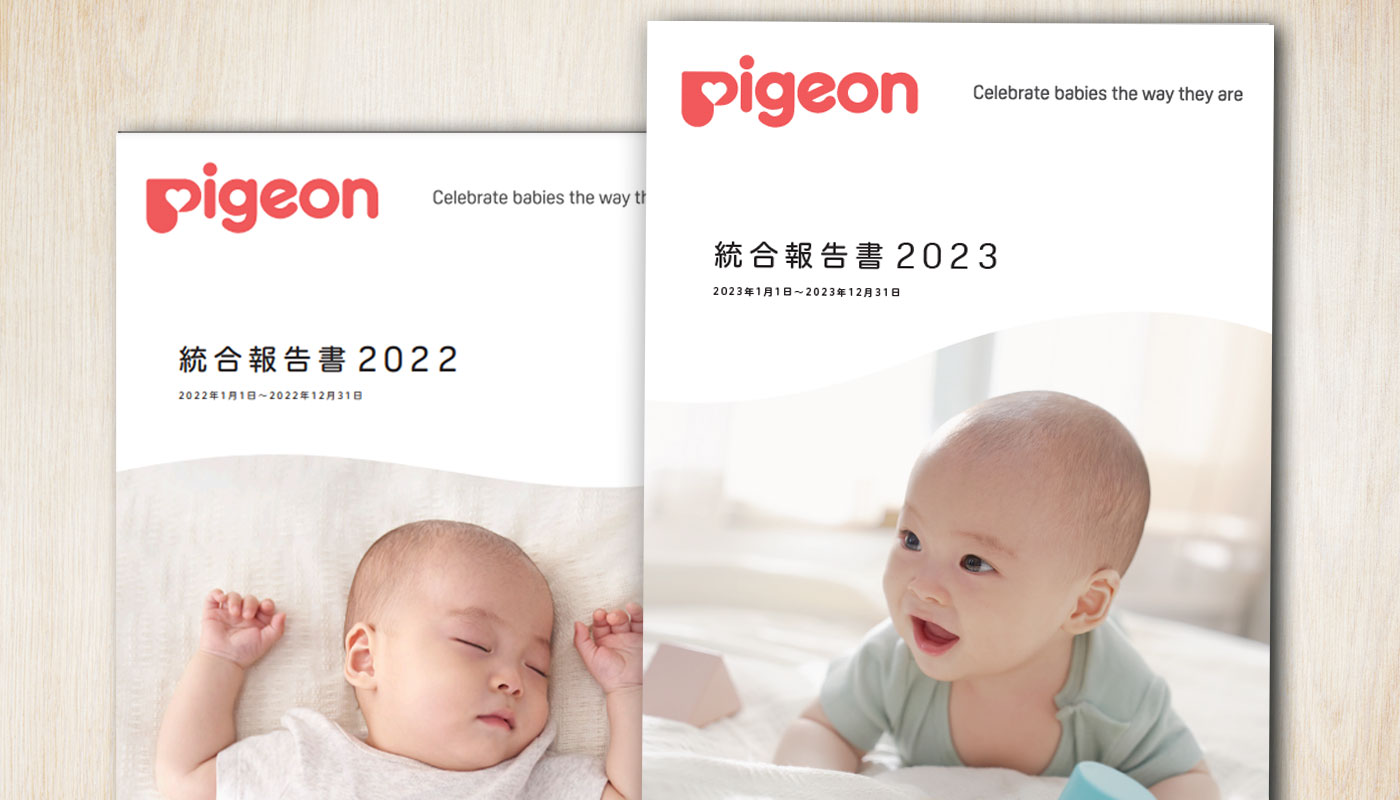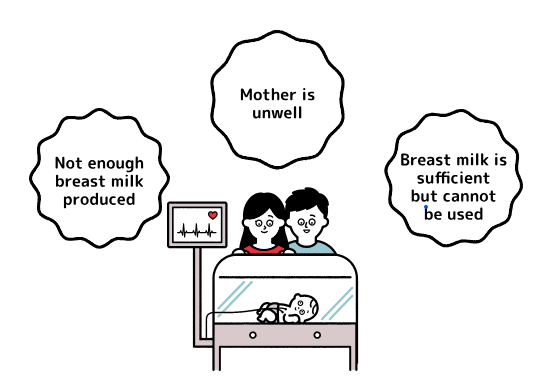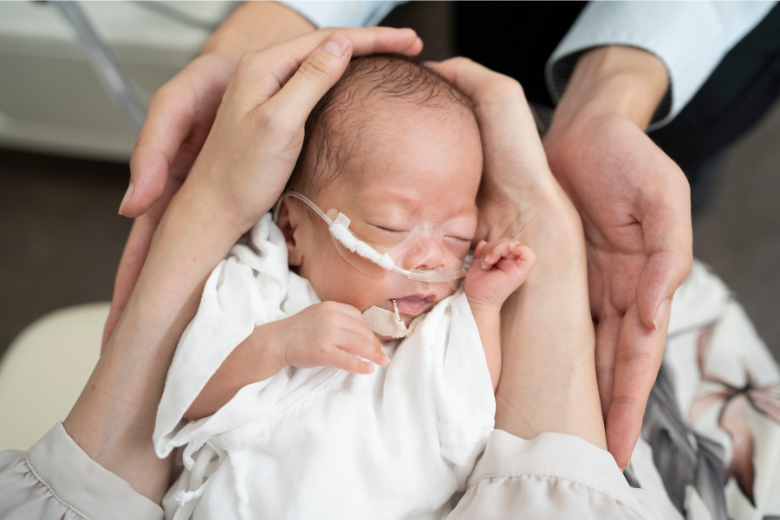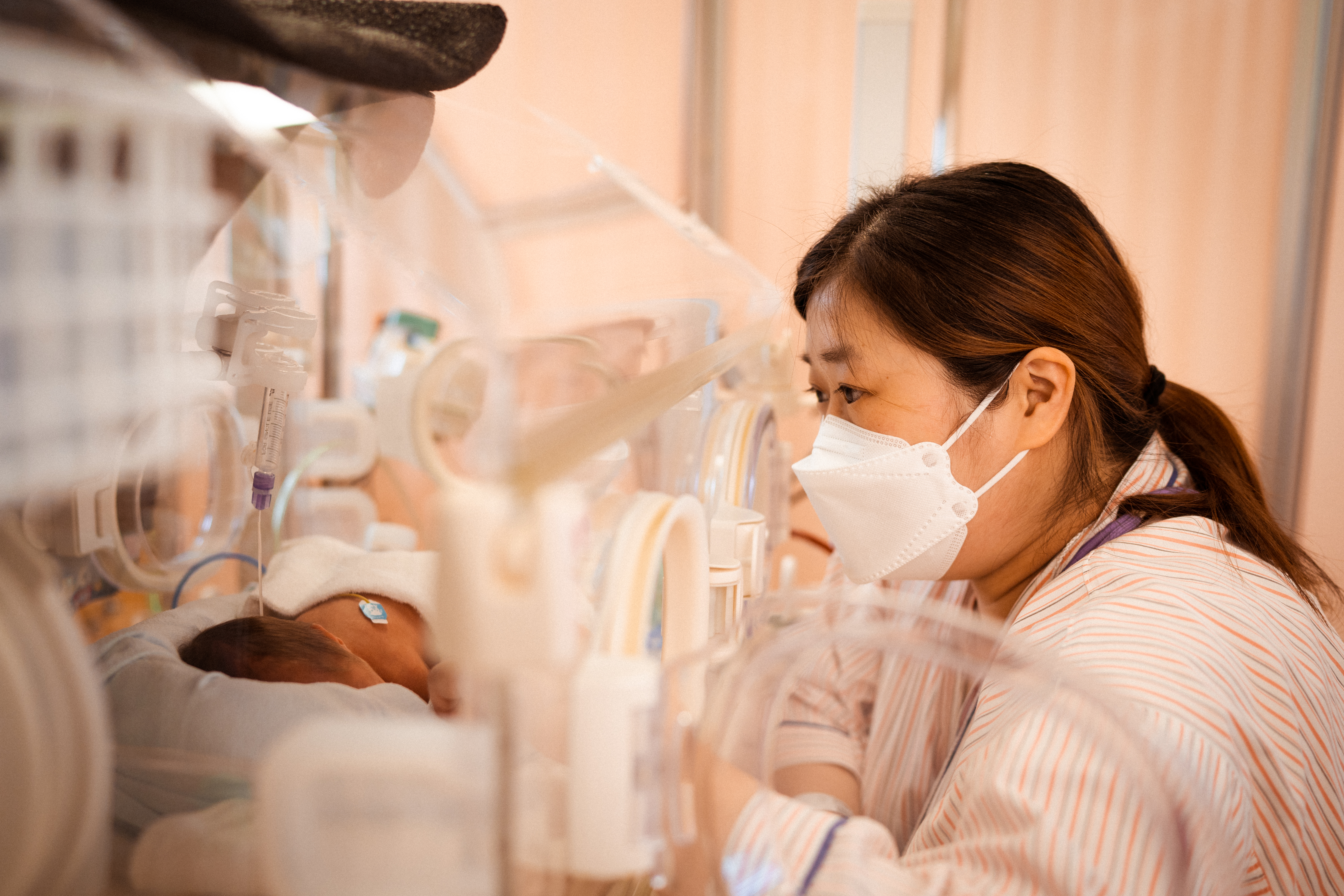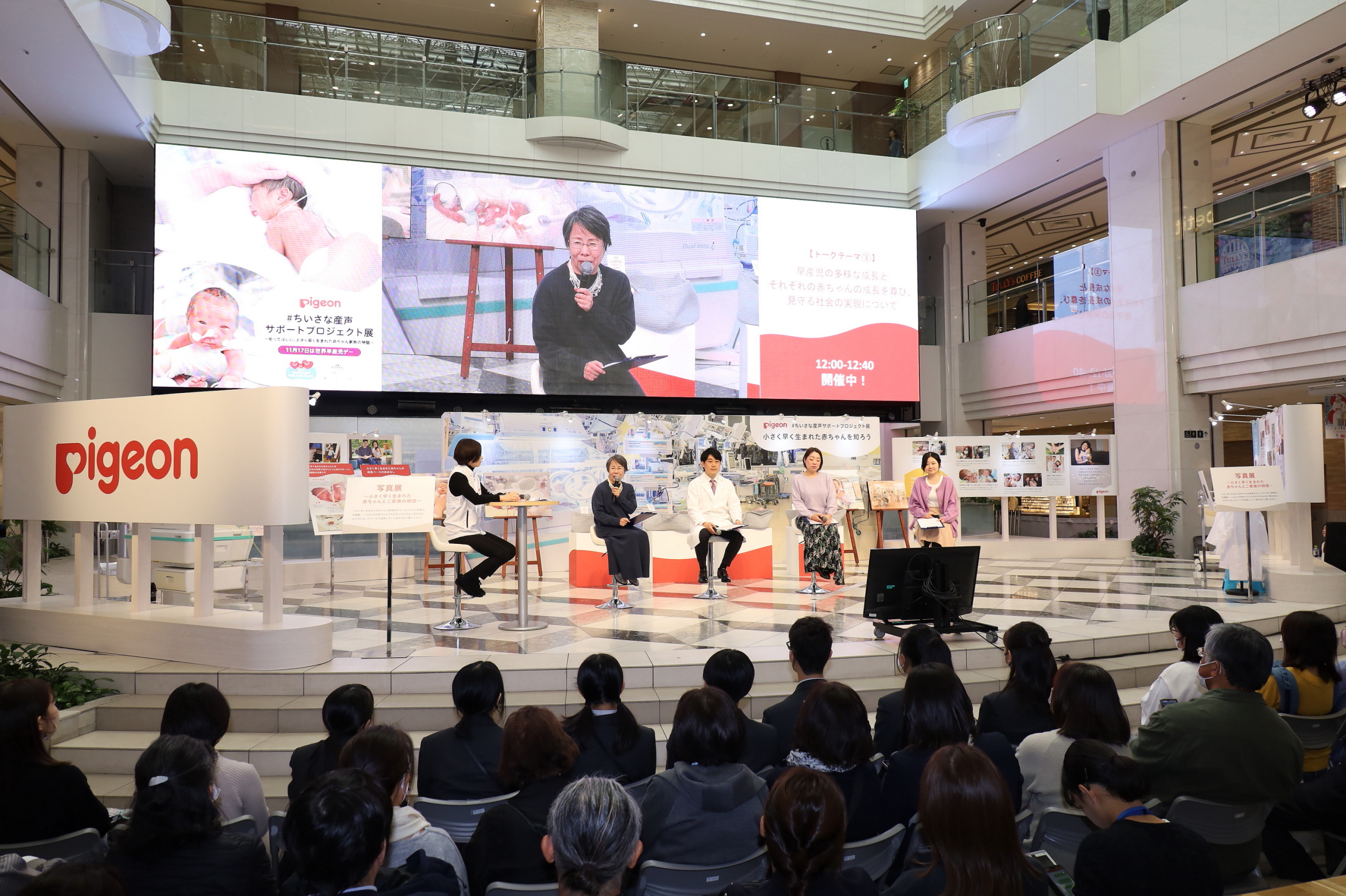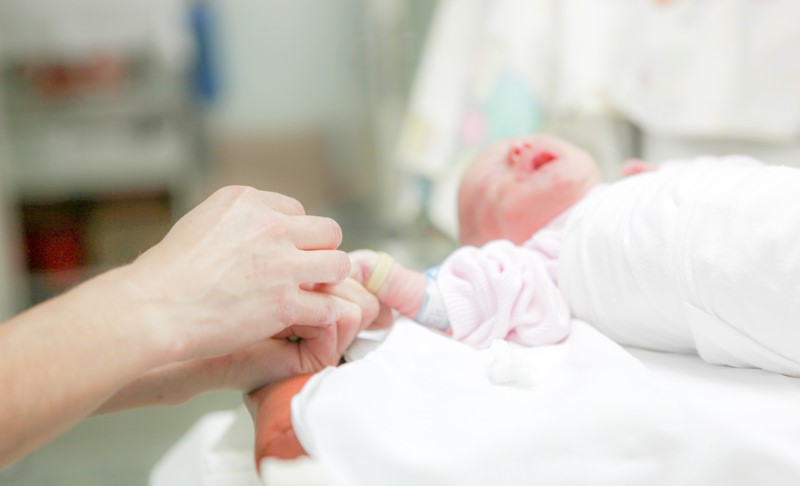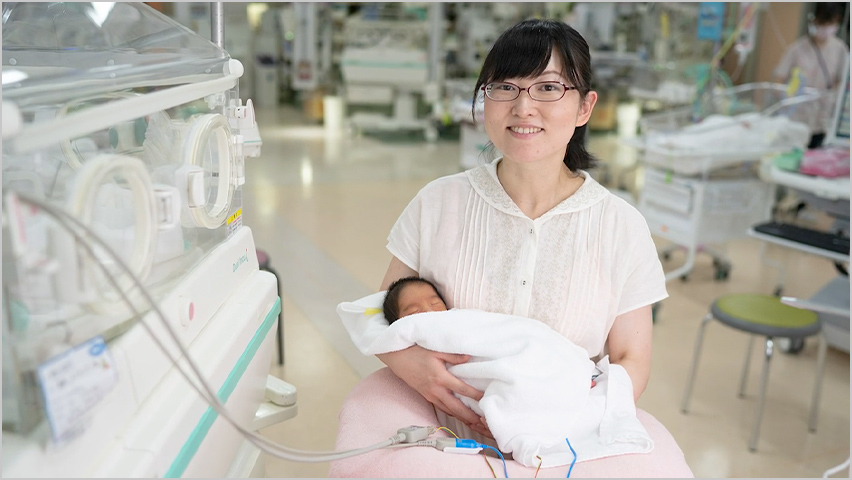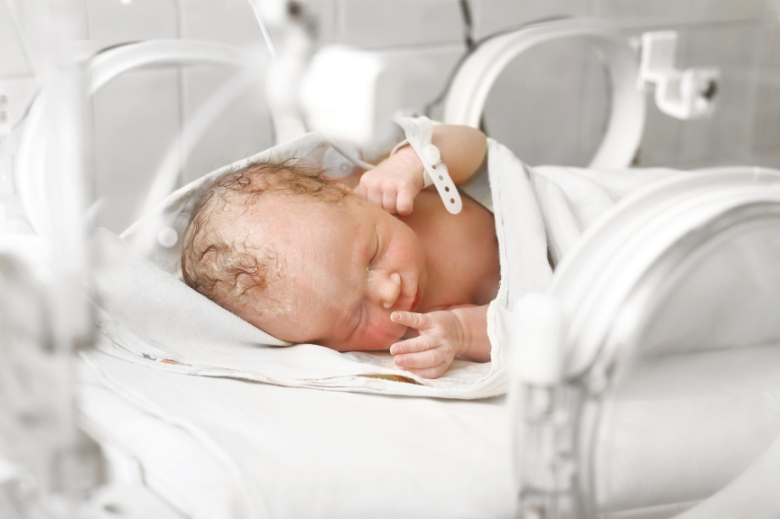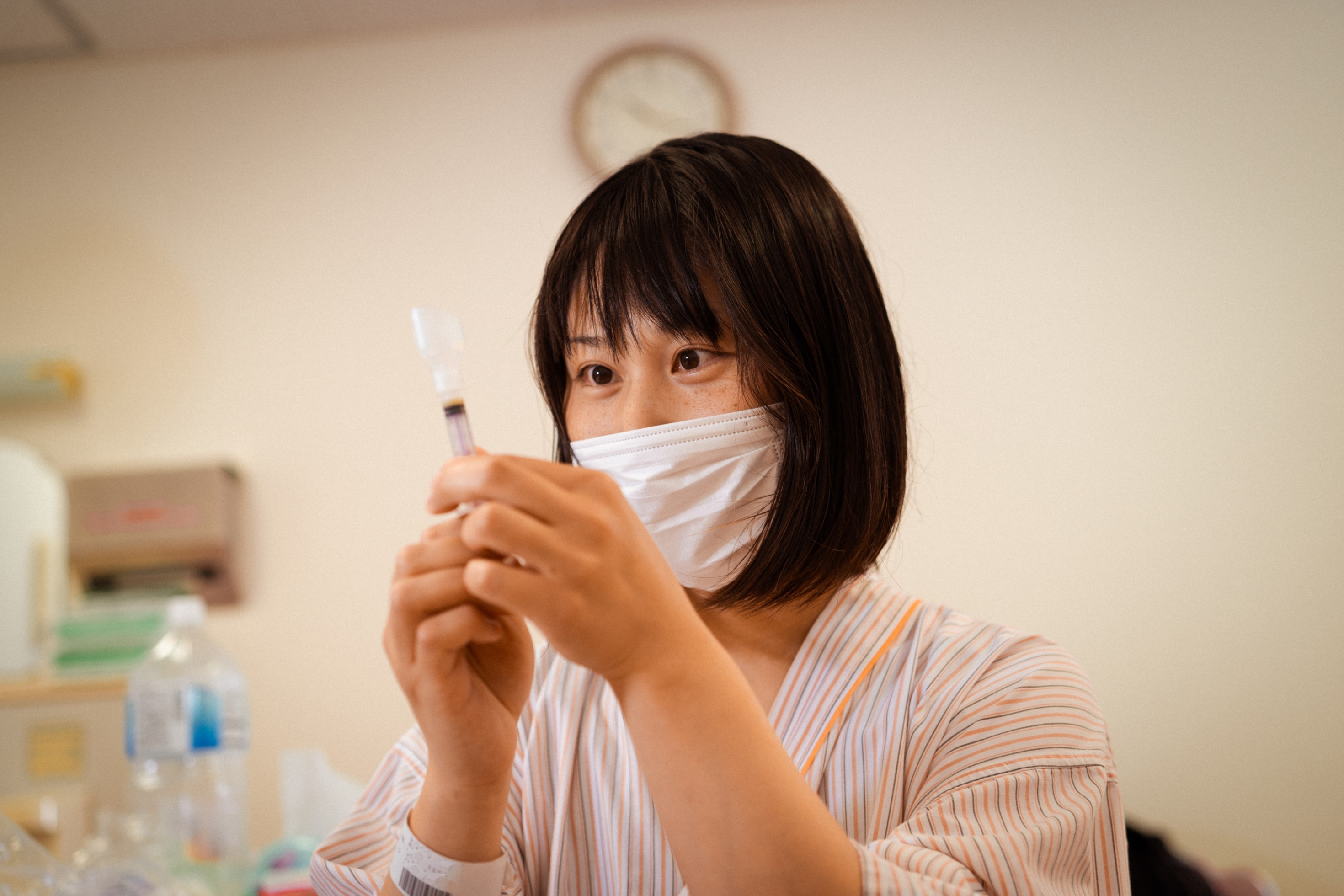Supporting Human Milk Banks Vol.1
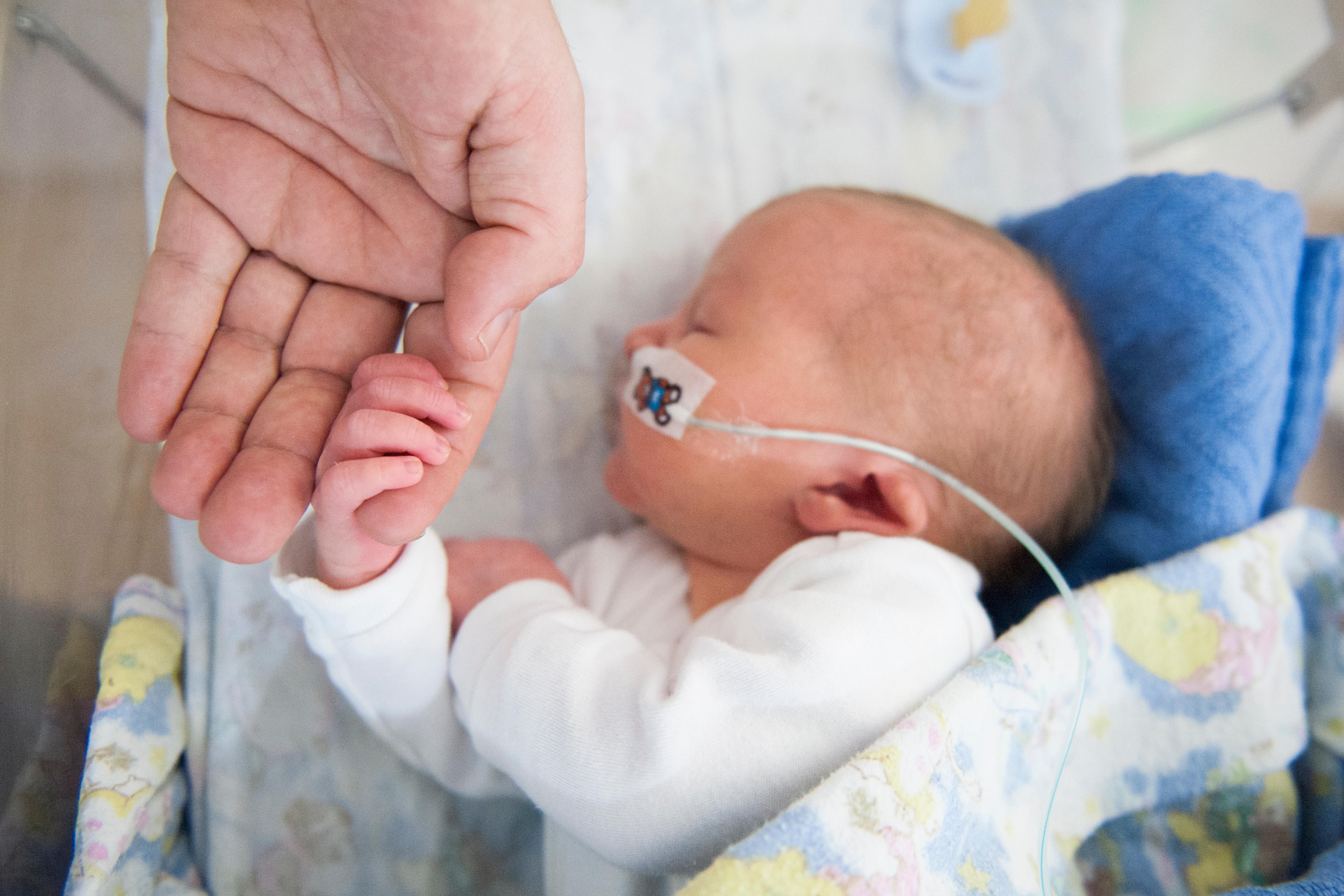

All babies are helped to develop and grow, regardless of the conditions of their birth
Supporting Human Milk Banks Vol.1
Japan
Every year, one in seven babies born around the world weigh less than 2,500 grams at birth—some 20 million low birthweight infants in all.*1 Of those 20 million, those born weighing less than 1,500 grams are at greater risk of a range of infectious diseases and illnesses. For these “very low birthweight infants,” breast milk is considered as important as medicine. Drinking breast milk has been found to reduce the risk of necrotizing enterocolitis (NEC), a life-threatening illness, to one-third the risk faced by infants fed only artificial formula.*2
*1 Japan Committee for UNICEF homepage
*2 QUIGLEY MA. HENDERSON G. ANTHONY MY. ET AL. FORMULA MILK VERSUS DONOR BREAST MILK FOR FEEDING PRETERM OR LOW BIRTH WEIGHT INFANTS. COCHRANE DATABASE SYST REV. 2007; (4):CD002971.
However, not all mothers produce enough breast milk immediately after delivery to provide as much as is needed. One recommended solution in these cases is to feed infants breast milk that has been donated by other mothers and pasteurized for use.*3 The institutions that process and manage this “donor milk” are called human milk banks.
*3 “Policy statement on enteral nutrition for preterm and very low birthweight babies,” published by the Child Health Consortium of Japan’s Committee on Nutrition (Journal of the Japan Pediatric Society, Vol. 123, No. 7).
Initiatives in Japan
There are over 600 milk banks in over 50 countries around the world.(2017) However, as of August 2020, Japan had just one, located on the grounds of Showa University Koto Toyosu Hospital. With the number of infants needing donor milk in Japan estimated at 3,000-5,000 per year, one milk bank was far from enough.
To help human milk banking take root in Japan, what is needed is not just facilities but also coordination, cooperation, and understanding from everyone involved in the process: the donors who provide the milk, the NICUs who use it, and the babies and the families who receive it.
Pigeon has provided support for human milk banking on all fronts, even opening Japan’s second human milk bank, the Nihonbashi Human Milk Bank, on the first floor of its head office in September 2020.
In 2021, Pigeon broadened its support, actively helping to raise awareness by acting as operational facilitator for a round-table discussion among families who had used donor milk. In 2022, based on comments noted at the discussion and its own research, Pigeon created the Donor Milk Family Factbook to deepen understanding of donor milk and lessen unease about using it. This book was provided free of charge to hospitals using donor milk. It contains information about how safe and effective donor milk is and stories about the experiences of families who used donor milk, filling a gap in the literature available to families trying to decide whether to use donor milk or not.
Additionally, for three years running since 2020, Pigeon has run the “#Saving Tiny Lives” campaign, donating a portion of the sale price of nursing pads and certain other products to the Japan Human Milk Bank Association. This campaign has received widespread support and raised around ¥10 million (from 2020 to 2022) so far.
In fiscal 2022, more than 800 babies used donor milk from the Human Milk Bank, and we are steadily achieving results.
2023.11
- Home
- Vision of a Baby-Friendly Future
- Supporting Human Milk Banks Vol.1


